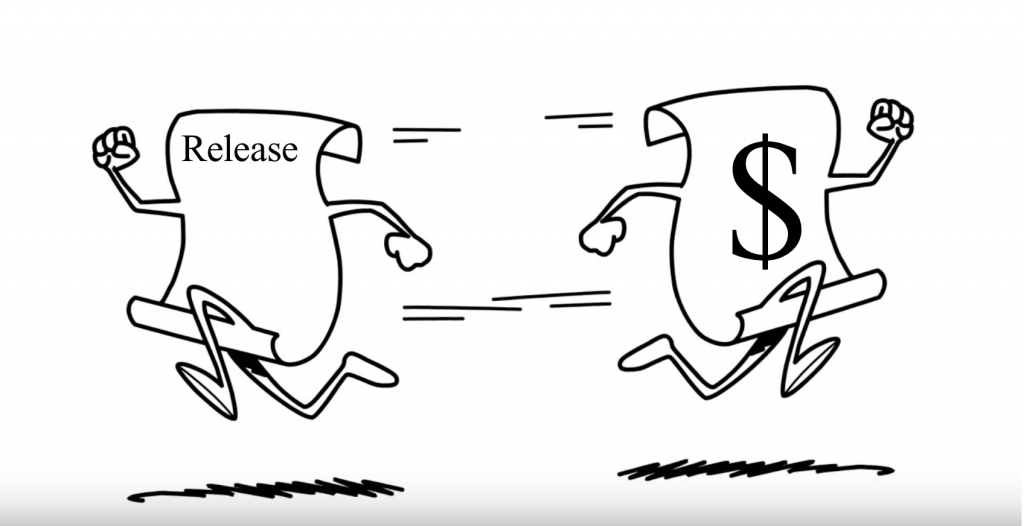Most of the fear clients experience when considering using the “Preliminary Notice Process” is that they will offend their client. This fear has some merit if the Preliminary Notice is not properly explained. So the first challenge is to remove this fear by emphasizing the benefits your customer, as well as your customer’s customer, receive by being included in a properly researched and served Preliminary Notice.
To begin, your Customer’s Customer must be made aware that the purpose of the notice is to HELP HIM avoid becoming subject to a mechanics lien as a result of something going wrong* during the improvements to his property. Once your Customer’s Customer understands that the Preliminary Notice is not only a fair and legal warning. But is also a set of instructions as to how he can avoid a mechanics lien.
Key Takeaways
- Client Communication: Properly explaining the benefits of preliminary notices to your clients and their customers helps avoid offending them and highlights how the notices protect them from potential liens.
- Exchange for Release: The preliminary notice advises the customer’s customer to withhold payment until receiving a release of lien rights, ensuring payment and lien rights are balanced.
- Effective Risk Management: Using a preliminary notice process properly communicated to all parties involved can effectively manage and reduce risks associated with construction projects.
The warning section of the Preliminary Notice is quite clear. It shouts “DON’T PAY ANYONE” Keep your money and offer it in exchange for a “RELEASE OF LIEN RIGHT”.  The process is quite simple. I (your customer’s customer) will give you your payment, in exchange for you releasing any rights you may have to bring a lien against my property. Once this exchange of equal values takes place, the fear of a mechanics lien is removed and your customer’s customer no longer has concerns about being subject to a lien or having to pay twice for some error or oversight which he did not create or authorize.
The process is quite simple. I (your customer’s customer) will give you your payment, in exchange for you releasing any rights you may have to bring a lien against my property. Once this exchange of equal values takes place, the fear of a mechanics lien is removed and your customer’s customer no longer has concerns about being subject to a lien or having to pay twice for some error or oversight which he did not create or authorize.
So by sharing this with your customer’s customer, the source of the monies for this project is free to make it’s way to you (the person who took a chance, protected their job related accounts receivables, and helped to keep their customer’s customer safe and happy)
So now that we have the beginning and the end covered, what about those in the middle? Your customer or any trail of customers between you and the end user. Well the language of the Preliminary Notice surely informs the end user (or your customer’s customer) how to protect themselves in the construction liabilities process. Of Course anyone in the process can seek protection under the Lien Laws by serving their own preliminary notice and being subject to the Payment for Release of Lien Rights process. Unfortunately, Those in the middle are expected to be close enough to the actual project so that they can manage the flow of monies and prevent any waste due to mistakes or lack of productivity.
IE: If they cannot run their business effectively and efficiently, no laws or statues will prevent them from becoming victims of the things that can go wrong on a construction project.
Example: *if a general contractor instructs the driver of the Ready Mix truck to pour the concrete into the forms which have been incorrectly positioned by the General Contractor. Who then should cover the cost of this mistake? The property owner? the Ready Mix Company? Most likely not. The GC positioned the forms, so the GC should eat the cost to make it right. The Mechanics Lien Laws do not cover this, nor are they intended to cover it. This is a case of mis managed construction and is the price a GC must pay for being in business. However, this type of Oops usually ends up with the Ready Mix Provider or the Property Owner having to eat the cost. Why? Because nobody read the preliminary notice and the release of lien rights was not provided when it should have been provided.
While this is just an example to help drive home a point, these things do happen. The good news is that you and your customer’s customer will be protected from this situation and your risk will be managed, by properly communicating the workings of a Customer Friendly Preliminary Notice.
Want a service that will reach out to both ends of the spectrum? CRM Lien Services has been providing this type of assistance to providers and owners for over 30 years. If you need a service who really does know how the systems works, give us a call today: 1-800-PRELIMS.
Tell me, how long must someone be in this business to have an 800 number like this? There is peace of mind in using an experienced professional. Try us . . . you will be glad you did!![]()
